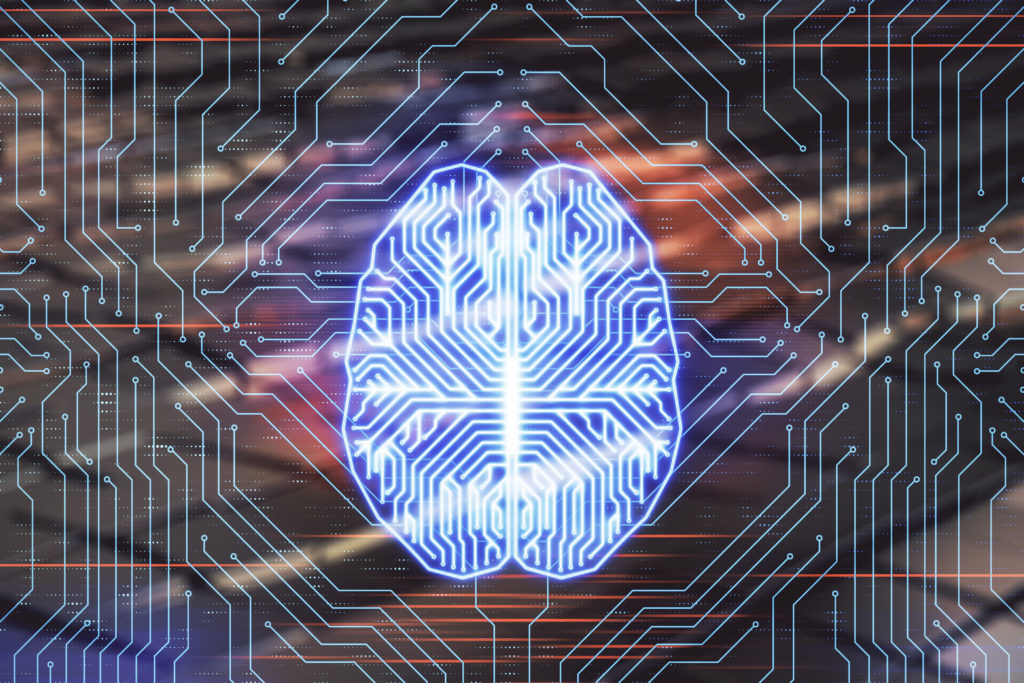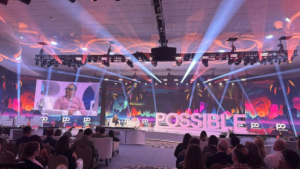By Dr. Thomas Z. Ramsøy, Founder and CEO of Neurons
Consumer behavior is predictable. And in this age where a part of marketing is focusing on hyper-individualized strategies, perhaps something is being forgotten: that cultural microtrends and individual trajectories are not all there is.
Our brains evolved mainly for a life where the environment was very different. In some ways, the prehistoric world was more predictable. At least compared to today’s daily changes and disruptions. So when we go to the store, use our phones, or watch Netflix, we bring our evolutionary past. Our evolved brain is always part of who we are, and how we respond, feel, think, and act. This makes us predictable.
Unconscious brain activity predicts choice. A couple of decades ago, neuroscience research made a dramatic breakthrough. Neuroscientist Benjamin Libet found brain responses that preceded and thereby predicted the action a second before the choice. At the time, the discussion was focused more on whether humans have free will. But we completely missed a major point: the brain responses in Libet’s study showed that a person’s intentions could be predicted before they acted!
More recently, neuroscience studies by Stanford University’s Brian Knutson showed that consumer choice could be predicted several seconds before the actual choice was made. In the brain imaging study, participants were asked to first look at a product and subsequently the price of the product, and finally asked to choose whether they would buy the product for that price. They found that brain activity could predict what people would actually choose seconds before they did.
A small group can predict a market
While individual choice was being unraveled, a far more powerful finding emerged: the ability to predict market responses from a small sample of people. It all comes back to the initial idea that several types of human responses are shared. This means that instead of focusing on individual responses, we can look at shared responses. When groups converge in their responses, it can predict the responses of a population’s majority.
For example, in a study from Lucas Parra’s lab, it was found that convergent brain activity in a small sample could predict cultural responses such as Twitter behavior and Nielsen TV ratings. Boksem and Smidts in Holland found that a certain type of brain activity in a small sample watching movie trailers was predictive of box office sales of the same movies. The aforementioned Brian Knutson also reported that brain responses in a small sample could predict both financial market responses and crowdfunding responses.
This new research area is called “neuroforecasting” — the ability of brain responses in a group of people to predict market responses.
From neuroforecasting to automatic predictions
Recently, there has been a new step on this interesting journey: the emergence of machine learning (ML) and artificial intelligence (AI); specifically, AI modeled on the predictability of human responses. The more coherent human behavior is, the more likely it is that AI models can learn to predict such behaviors. Take visual attention: can you predict where people will look at a painting? An ad? A TV show? Based on eye-tracking studies, an AI model can essentially predict human attention. For example, Neurons Predict is a visual attention prediction AI with 95% accuracy compared to hardware-enabled eye-tracking.
Attention is only the beginning. New AI models are emerging, predicting emotional responses, memory, and ultimately choices. Just from an image or video itself.
Predictive AI for customer experience
What does this mean for customers? After all, this new trend moves away from more problematic AI problems that are focused on the individual, to broader behavioral patterns.
To answer this question, one premise is needed: that the emerging AI solutions mean democratization and an increase in the availability of the tools that designers and agencies can use. Instead of costly and time-consuming projects to understand customers, predictive AI models can produce results in seconds and help users optimize their content in a day, instead of weeks or months.
With that in mind, two consequences can be eyed:
● Communication relevance — we will experience advertising, apps, websites, and other touchpoints as less intrusive and more relevant. With the power of available AI solutions, designers and agencies will reduce the waste in their production. ● Less noise — with 82% of online ads being ignored, up to 48% of products failing on the market (Cooper), and 97% of websites failing, the consumer journey is littered with noise! AI-driven tools will allow a better accuracy in driving attention, engagement, and choice
More awareness should be brought to these many smaller yet potent AI solutions being brought to the fore. They may turn out to be the truly revolutionary changes that AI brings to us. Indeed, as Steve Jobs would say that there’s an app for everything, we will soon say “There’s an AI for that.”








